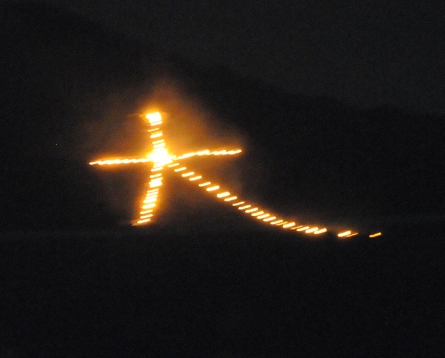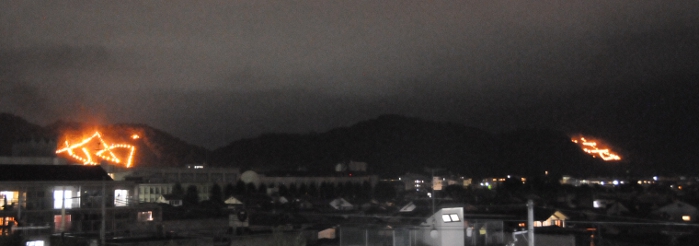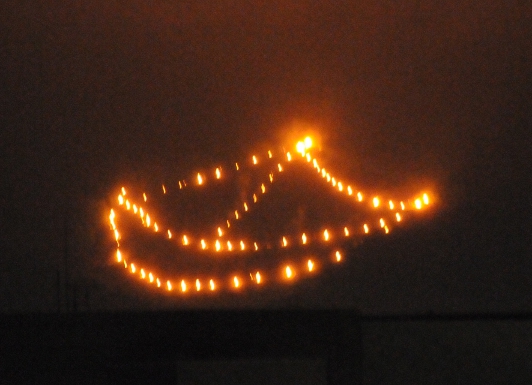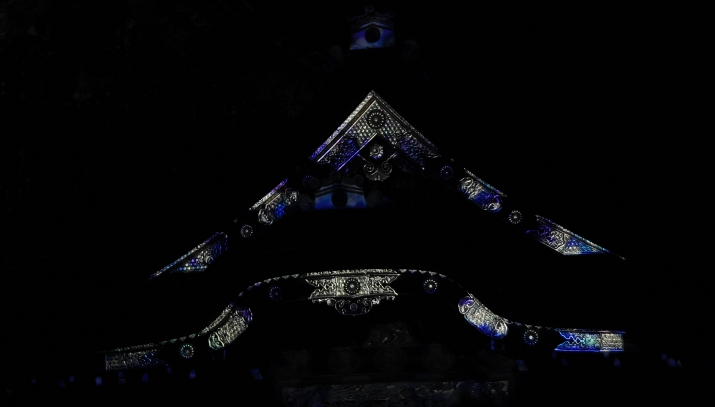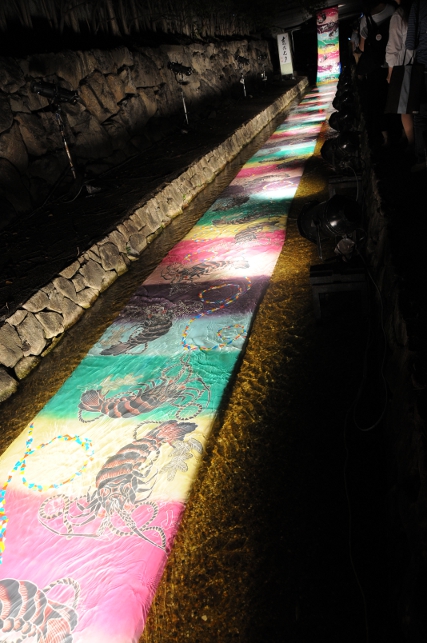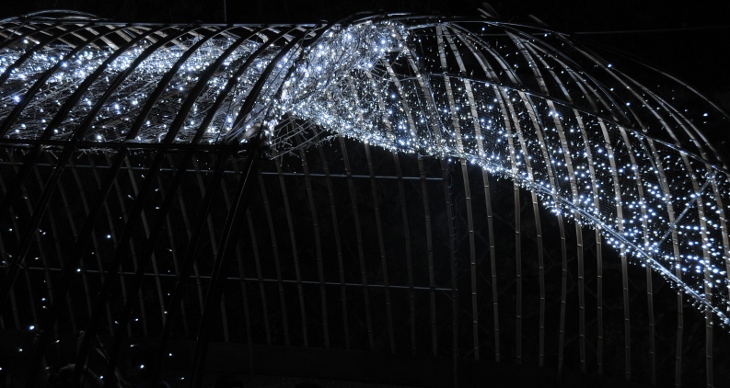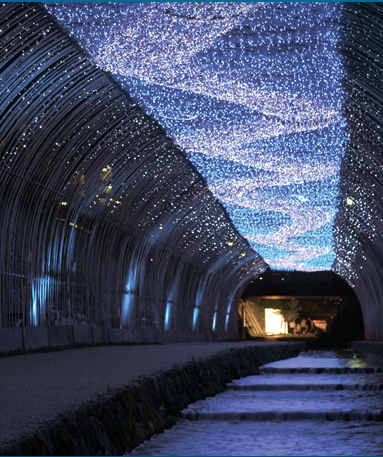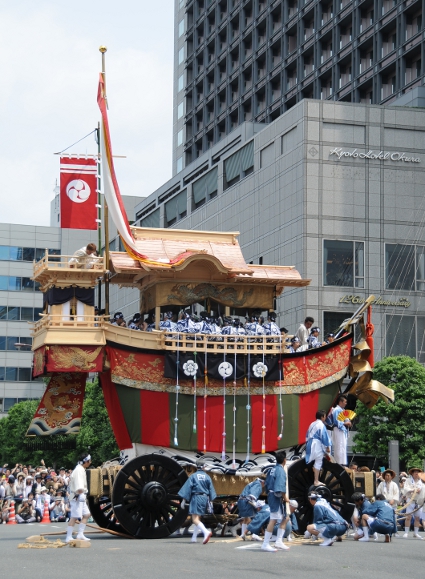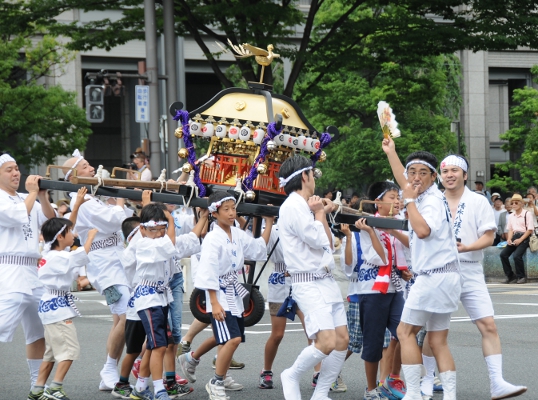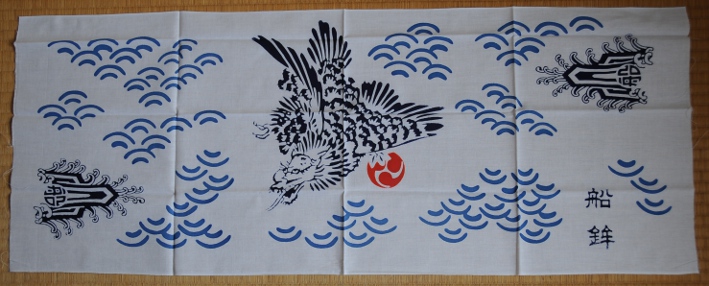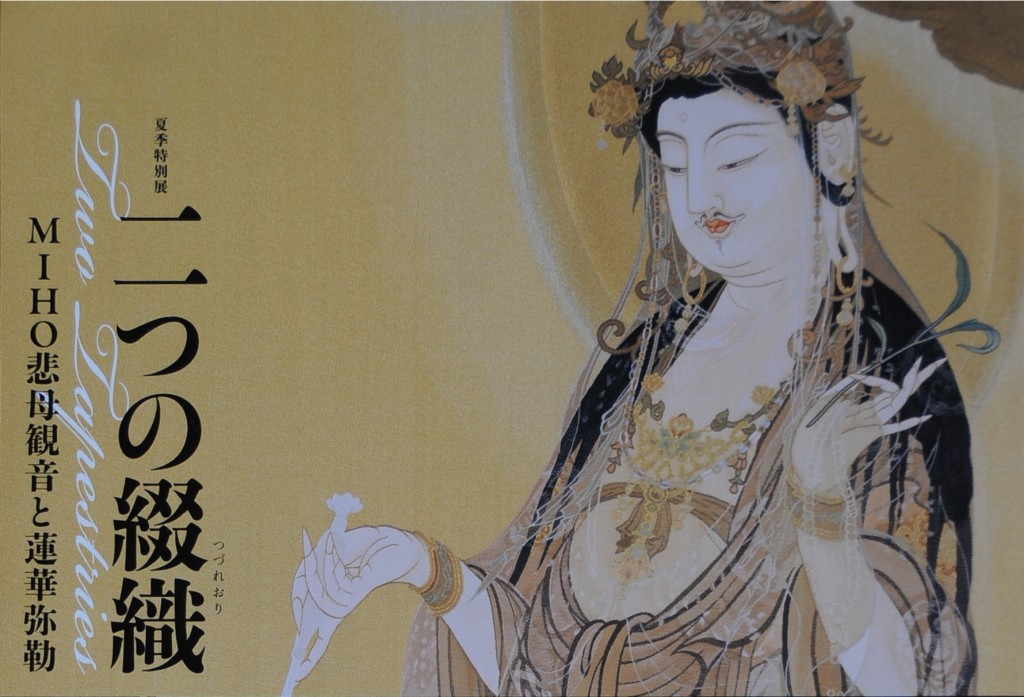Last week Thursday, a friend of mine from Tokyo came down for a spontaneous visit. She wanted to see two things – and me – and came laden with great expectations with respect to both.
In the morning, we went to Daigo-ji, a large temple complex in the south-east of Kyoto. I had been in the area before, and didn’t like it much, so I was surprised to find one of the main temples of the Buddhist Shingon sect there. The compound is very large, we visited only the lower part on the foot of the mountain, there is an upper part on the top as well, but it would have taken us two more hours than we were willing to invest. In any case, my friend was mainly interested in the five-story pagoda located on the temple grounds, built in 952 and one of Japan’s National Treasures, which had been featured in a TV program just a few days prior to her visit. The pagoda was nice indeed, situated close to the mountain surrounded by many trees. Interestingly, there were many young monks walking around and praying in front of the numerous temple buildings; they have to do this each day for a whole year, probably as part of their training.
We also went to another part of the temple, called Sanboin. This compound comprises the old living quarters of the abbot, and the buildings indeed have a stately feel to them with their large rooms and delicately painted shoji. However, the most exciting part of Sanboin is the main garden. Although typically Japanese, meaning a lake, mossy stones, and pine trees, it is absolutely stunning, perfectly laid out, the most beautiful Japanese garden I have yet seen! And it is not even the high season for garden watching (hanami and koyo, remember). Unfortunately, it is not allowed to take photos in there (and there are even guards to watch your every move), so I cannot share my impressions, but if you are ever there, it is certainly worth the 600 YEN entrance fee.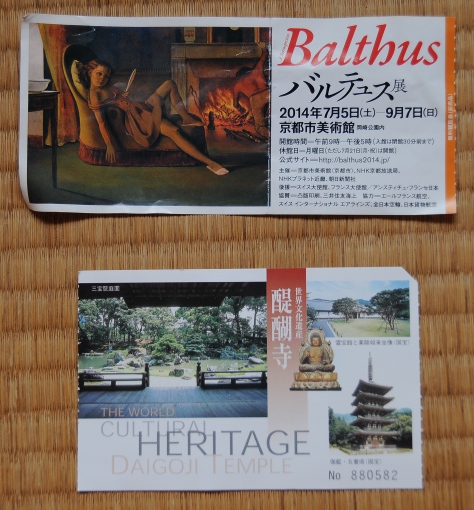
After lunch, we went to the Balthus exhibition in the Kyoto Municipal Museum of Art. My friend wanted to see it because she just recently read about him by chance, and as the book sang his praises, she wanted to check him out for herself. To be honest, we both were not overly thrilled by the exhibition. We found a few pictures nice, but there was only one painting we really liked. At the end of the exhibition was an extra room with large photographs of the artist in his Swiss home and atelier, and some of his personal belongings. Interestingly, there were photos of him wearing Kimono and Hakama – his second wife was Japanese…
In the end, my friend’s expectations were not met – or at least, not as she had expected. The things she came for had been nice, but it were the others, the unexpected ones, that she found more exciting. This has happened to me before as well, and probably to lots of other people. Conclusion: Maybe it’s better when looking for new experiences to leave all expectations behind…


